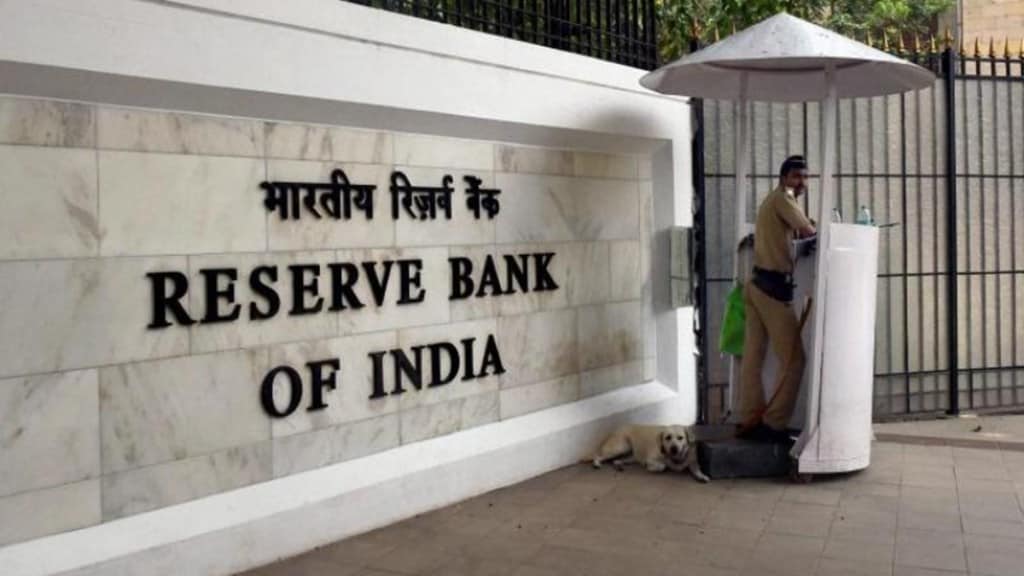The Reserve Bank of India (RBI) on Tuesday capped investment by an individual-regulated entity at 10% of an alternative investment fund’s (AIF) corpus and collective exposure at 20%. Also, if a bank or an NBFC invests over 5% in an AIF scheme, and that AIF also invests (not through equity) in a company the bank or the NBFC has lent to, the regulated entity must set aside the full value of its share in that company’s exposure—limited to how much it has directly loaned or invested in the company, the RBI said.
Final guidelines offer relaxed provisions
“The final guidelines are relaxed as these allow regulated entities (REs) to invest upto 20% of the corpus of AIF as against 15% allowed in draft guidelines. Further, in case of any common exposure between AIF and RE, the provisioning required on such investments is proportionate to the share of RE’s investment in AIF corpus and not 100% as required earlier,” Anil Gupta, Senior Vice President at ICRA said. The guidelines will be effective from Jan 1, unless adopted earlier under internal policy. The central bank had released draft guidelines for the same in May.
If a regulated entity’s contribution is in the form of subordinated units, it would deduct the entire investment from its capital funds – proportionately from both Tier-1 and Tier-2 capital, the release said.
Greater clarity and monitoring required
RBI has repealed the December 2023 and March 2024 guidelines. The release also said that it may exempt certain AIFs, in consultation with the government from the scope of the existing circulars and the revised guidelines.
“The new guidelines have also tweaked the definition of Debtor company with greater clarity, excluding downstream investment excluding equity instruments. The regulated entities will need to strengthen their internal mechanisms to handle investment portfolios with care and close monitoring based on sound investment,” Sudhir Chandi- Director at Resurgent India said in a note.

